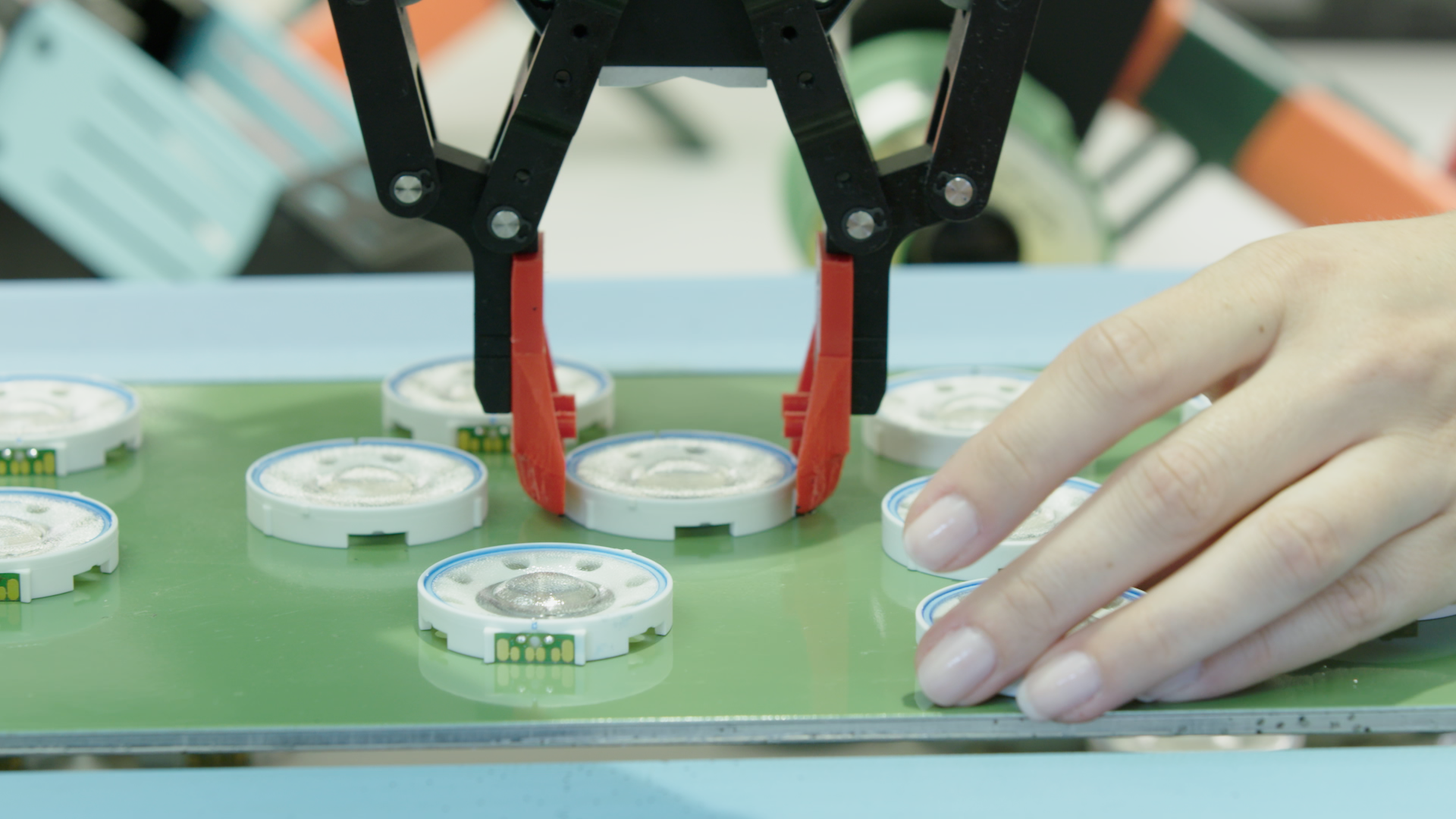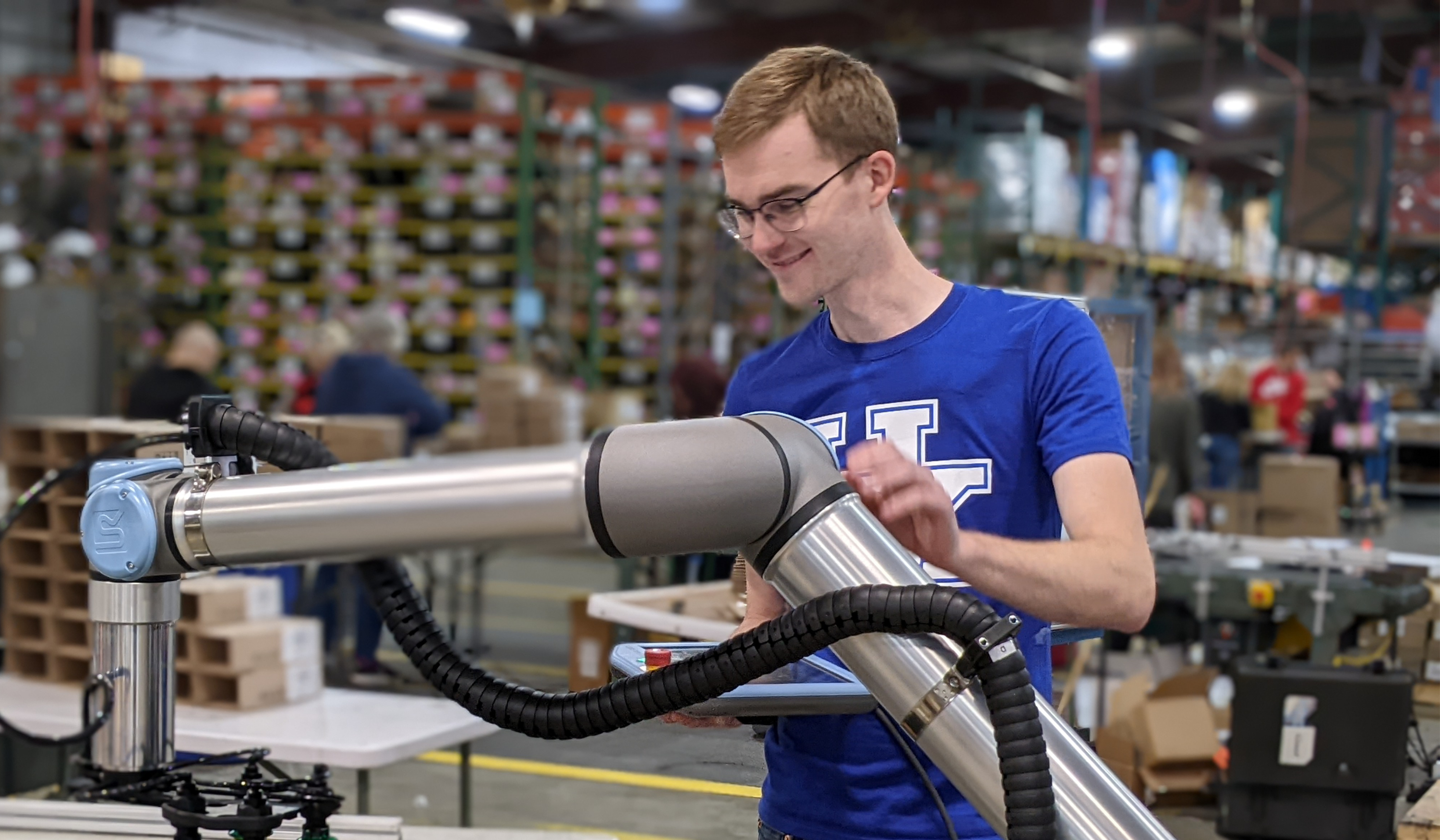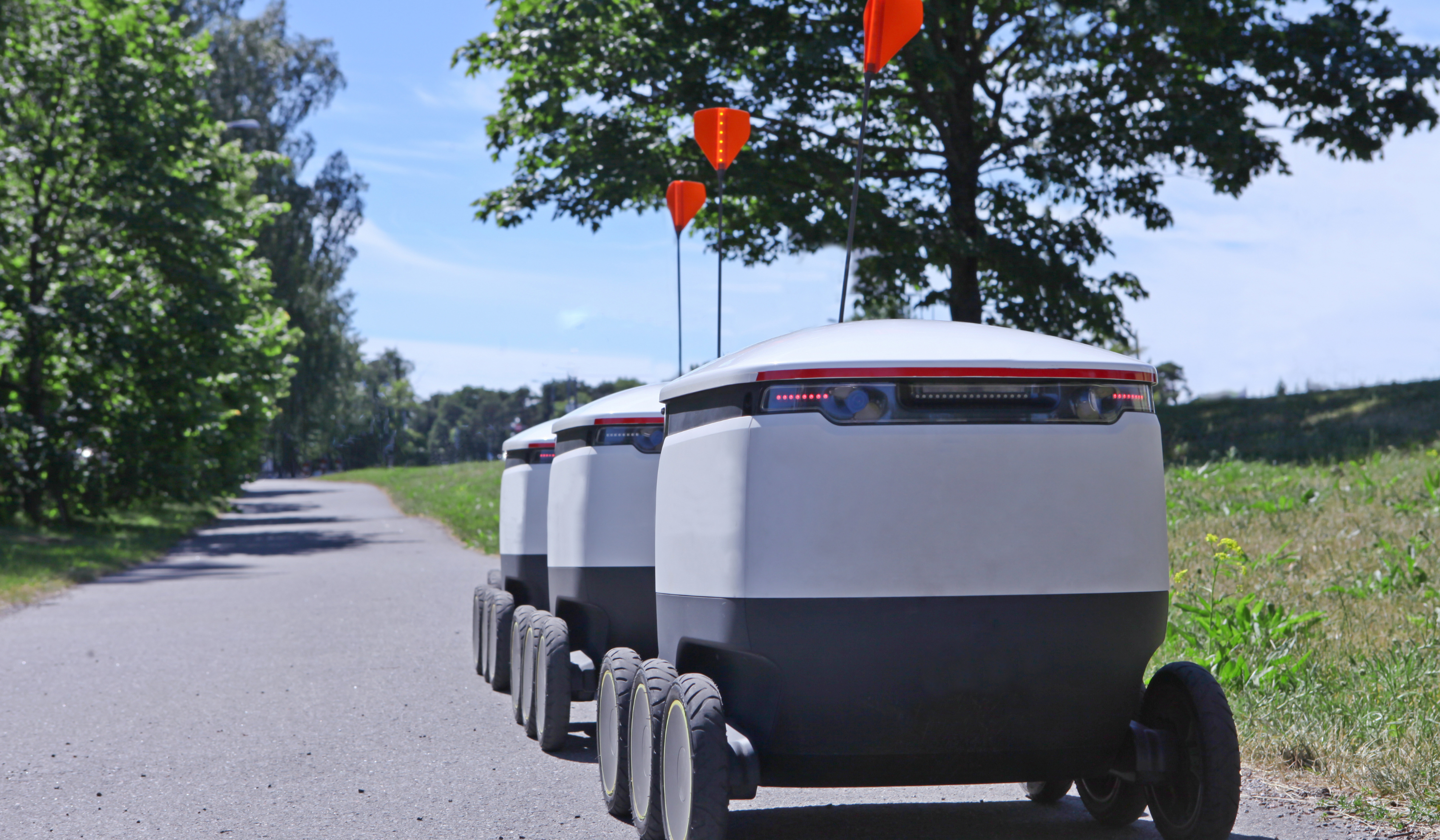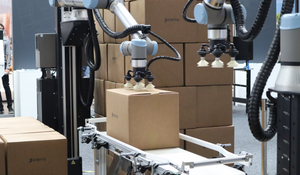Why Robots Fail to Meet User Expectations

Posted on Aug 28, 2018 7:00 AM. 5 min read time
Robotics companies are starting to fail! Why? It all comes down to one big reason: user expectations are not being met. Here's how to ensure your deployment doesn't suffer the same fate.
Well, we all knew the explosion of robotics startups couldn't last forever.
It seems that the rise of the robots is starting to slow down—and there's one big reason.
Over the last few months, there have been a couple of notable failures in robotics, specifically in social robotics. Mayfield Robotics has closed down and Jibo has downsized following substantial losses. In a recent article in IEEE Spectrum, Tim Enwall explains that a major cause of these failures is inaccurate consumer expectations. Consumers think that robots should be able to do much more than they are able to do.
According to Enwall, the public has overly high expectations about the capabilities of robots. No robot in the world today can meet those expectations, but consumers are losing confidence nonetheless.
This problem is not limited to social robotics. Sure, industrial users tend to be more pragmatic about the capabilities of robots than the general public. However, inaccurate expectations can lead to frustration and disappointment following any robot purchase.
The only way robotics companies can succeed is by managing expectations. Yet this isn't limited to large ventures—you must also manage the expectations of your team, not to mention yourself, if your own robot deployment is to succeed.
The danger of inaccurate expectations
We have all experienced that feeling of disappointment when a product or experience fails to meet our expectations. We believe that a new piece of technology will solve a particular problem. Then, after a huge investment of time and money, we find that our problems are still present or even worse than before.
This can happen with any new purchase: a new printer, a new CNC machine, a new mobile phone. However, most of us have at least some experience with these mature technologies. We have heard the stories of others' successes and failures and are prepared for them.
Robots are particularly prone to inaccurate expectations because most people have little to no experience using them.
There are two ways that inaccurate expectations can harm your robot deployment.
- Overblown expectations. People think that robots can do more than they are capable of. Individuals are then disappointed by their robot's performance. This can lead to both management and the workforce feeling like their robot was a bad investment. The robot may end up gathering dust in a cupboard somewhere.
- Overly conservative expectations. People think that robots are less capable than they really are. This can arise if individuals have worked with less advanced robots in the past. The robot may end up being underused and providing less return on investment.
Of the two, it is better to set slightly conservative expectations. Researchers from Willow Garage found that people who had lower initial beliefs of a robot's capabilities were less disappointed after using it.
As with many things in business, "under-promise, over-deliver" is a good rule of thumb.
The seven expectations that affect robot deployment
According to researchers from the University of Salzburg, there are three stages of robot deployment. At each stage, the perceptions of the team change.
The three stages of robot deployment
The three stages are:
- Expectations before robot development. Before the deployment, the people in your team may have preconceptions about robots. It is vital to manage the team's expectations during this first stage as they will affect the entire deployment.
- Familiarization as a process. As the team becomes more accustomed to having the robot in the workplace, people will start to better understand its capabilities and limitations.
- Consequences of working with the robot. After they have become familiar with the robot, people's perceptions of it will change. People will adapt themselves to working with the robot.
The key to managing the team's expectations is to first understand them. The researchers identified seven categories of expectations that workers experience before a robot deployment.
 Sometimes robots reach expectations by increasing productivity and quality. See, for instance, the case study of Beyerdynamic.
Sometimes robots reach expectations by increasing productivity and quality. See, for instance, the case study of Beyerdynamic.
The seven expectations that affect robot deployment
Before the robot is incorporated into your business, your team will probably be uncertain about it. Why is management adding a robot when nobody else seems to want it? Will the robot take over our jobs? How much work will the robot really do on its own?
The seven categories of expectations are:
- Uncertainty. People are likely to have many questions—Will the robot replace people? Will workers be supported?—and you may have few answers at this stage.
- Skepticism and rejection. People may feel anger, fear, or shock, causing them to resist the robot.
- Challenge. Some workers will be concerned that deploying the robot will be overly challenging as they do not have adequate knowledge or experience.
- Support. Workers may be optimistic that the robot will help and support them to do their jobs.
- Innovation and novelty. Although new things can be stressful, they are often quite exciting. Many people will be enthusiastic about the robot's abilities.
- Independent work of robots. People often expect the robot to do everything on its own. Accordingly, many will not foresee tasks like programming, error solving, loading, and others that they will have to perform to keep the robot running.
- Social environment. People who have used robots before may be skeptical if they had a bad experience. Their individual experiences can strongly affect the opinion of the team as a whole.
Some people's expectations will be accurate, others' will not. It is only when you understand these expectations that you can hope to manage them.
The secret to managing expectations
There are various ways that you can manage the expectations of your team, but they really all boil down to one thing: education.
Communicate well with your team about the deployment, and teach people about the capabilities of the robot.
For help, make sure to get yourself a copy of the lean robotics book, which includes a strategy for getting the whole workforce on board with a new robot.






Leave a comment